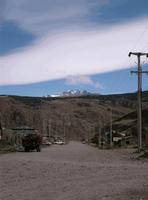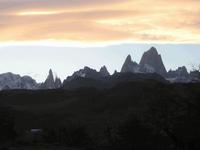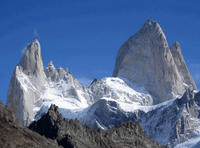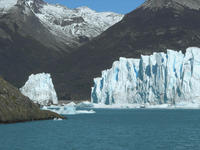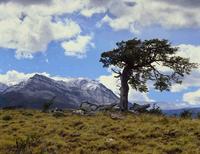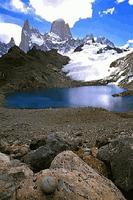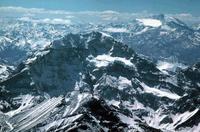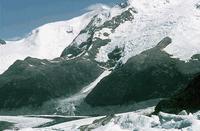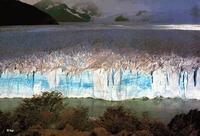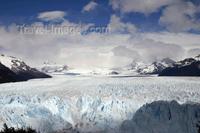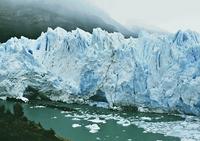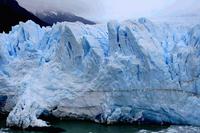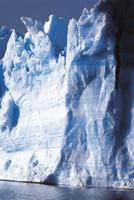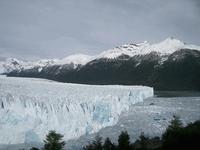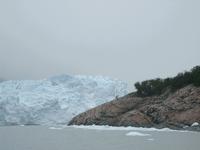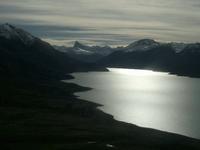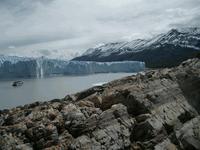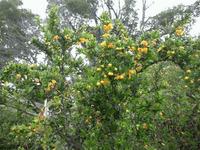The Los Glaciares National Park
Up to 75 images are shown here. Click on each for more details or on Image Gallery for more images.
Six official UN languages:
Arabic,
Chinese,
English,
French,
Russian,
Spanish
Other languages:
Basque,
Catalan,
Dutch,
Finnish,
German,
Hungarian,
Italian,
Japanese,
Lithuanian,
Polish,
Slovak,
Swedish,
Turkish
| Description: |
An area of phenomenal natural exquisiteness, Los Glaciares National Park encompasses rugged, colossal mountains and many glacial lakes, including 160 km wide Lake Argentino. Three glaciers come together at the fathermost point of Lake Argentino dropping their emanation of colossal igloo icebergs into its foggy hostile waters. --WHMNet paraphrase from the description at WHC Site, where additional information is available. |
| |
Parque Nacional Los Glaciares (Spanish: The Glaciers) is a national park in the Santa Cruz Province, in Argentine Patagonia. It comprises an area of 4459 km². In 1981 it was declared a World Heritage Site by UNESCO. The national park, created in 1937, is the second largest in Argentina. Its name refers to the giant ice cap in the Andes range that feeds 47 large glaciers, of which only 13 flow towards the Atlantic Ocean. The ice cap is the largest outside of Antarctica and Greenland. In other parts of the world, glaciers start at a height of at least 2,500 meters above mean sea level, but due to the size of the ice cap, these glaciers begin at only 1,500m, sliding down to 200m AMSL, eroding the surface of the mountains that support them. Los Glaciares, of which 30% is covered by ice, can be divided in two parts, each corresponding with one of the two elongated big lakes partially contained by the Park. Lake Argentino, 1,466 km² and the largest in Argentina, is in the south, while Lake Viedma, 1,100 km², is in the north. Both lakes feed the Santa Cruz River that flows down to Puerto Santa Cruz on the Atlantic. Between the two halves is a non-touristic zone without lakes called Zona Centro. --Wikipedia. Text is available under the Creative Commons Attribution-ShareAlike License. |
| Source: |
http://whc.unesco.org/en/list/145 |
| Source2: |
http://whc.unesco.org/en/list/145/video |
| Reference: |
1. UNESCO World Heritage Center, Site Page. |
| |
|


 NHK World Heritage 100 series
NHK World Heritage 100 series

